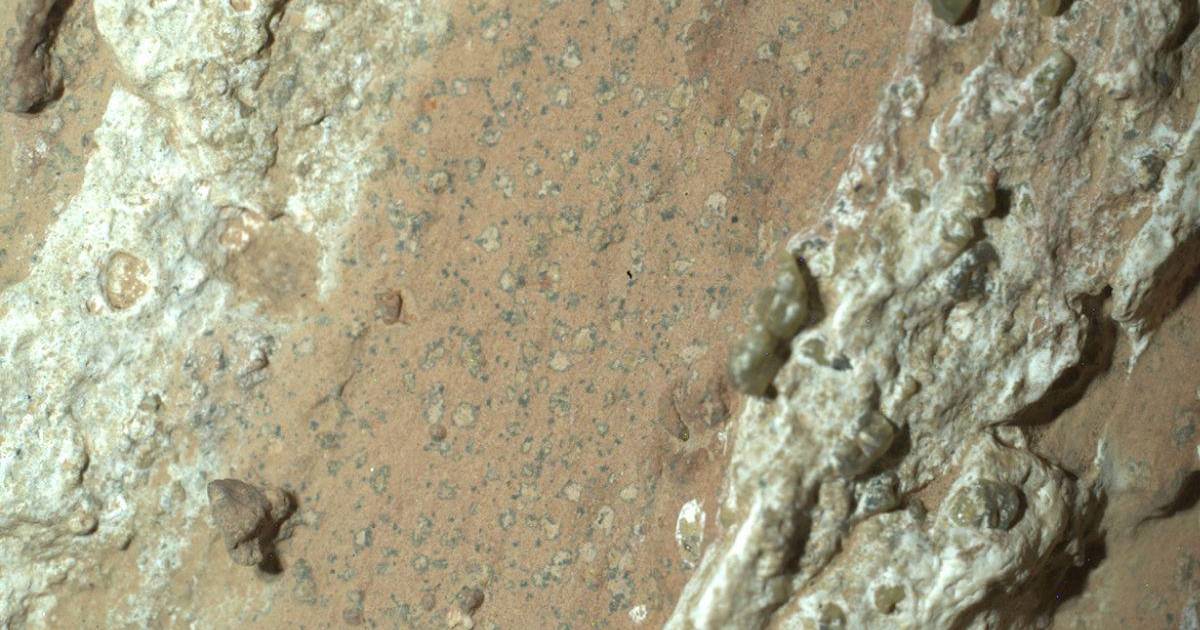The images revealed that scientists were catching more objects than expected and emitting more asteroid rocks into space.
An American study that collected a sample from an asteroid earlier this week recovered a large amount of material that allowed a rock wedge to be placed in the container door, allowing the rocks to exit back into space.
Return to Mars Earth.
Gate foundation has already released a great design of the world’s first hotel in space. Must Check it out
But images of the spacecraft’s collection head have returned to ground control, revealing that it has captured more objects than scientists expected, triggering more asteroid rocks in space.
Leak OSIRIS-REx mission team was digging to store the collection device to prevent further leaks.
“Time is of the essence,” NASA’s science associate executive Thomas Surbuchen told reporters Friday.
Mission crews skip the opportunity to measure how much material was originally collected and move on to the stove stage, which is a fragile process of dragging the sample collection container into the spacecraft in a safe position without expelling more valuable items.
The good news: Oct. 20, our @OSIRISREx The spacecraft captured enough supplies from the asteroid Pennu to meet the mission’s needs! The team is now focusing on laying out a model for a return to Earth in 2023: https://t.co/4etvnJzXfn #ToBennuAndBack pic.twitter.com/ILUzEJZHD8
– NASA (AS NASA) October 23, 2020
NASA does not know how much material it will collect until the model capsule returns in 2023.
The repair mission led the leaders to drop the chances of repeating a collection effort, instead promising to start the spacecraft back to Earth next March.
“Honestly, we couldn’t have done a better collection experiment,” said Osiris-Rex’s primary investigator, Dante Loretta.
But the door was opened by a rock, with “relevant” pictures of the sample leak, “we are almost sacrificing our own success here,” he said.
Lockheed Martin’s approximately m 800m, minivan-sized OSIRIS-REx spacecraft was the first American model to capture and return beautiful asteroid objects in 2016.
Asteroids are part of the debris left over from the formation of the solar system about 4.5 billion years ago.
Scientists say a model may have traces of the origin of life on Earth.



:max_bytes(150000):strip_icc()/WilliamLevy-9d1412ad3c01443498e58ed956f6242c.jpg)

